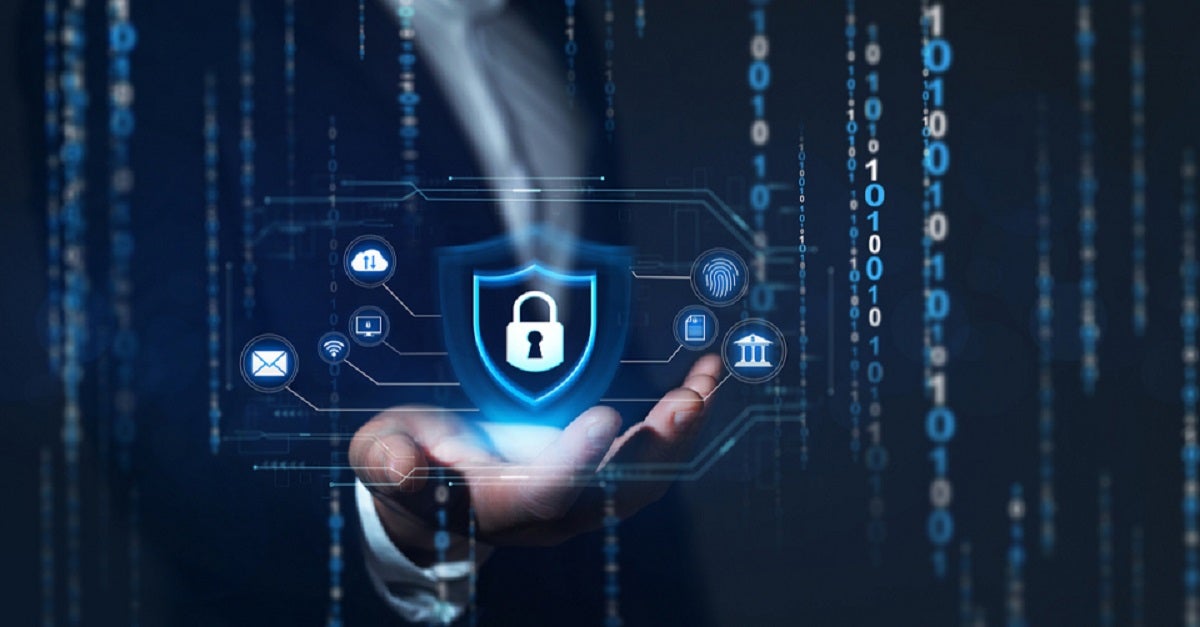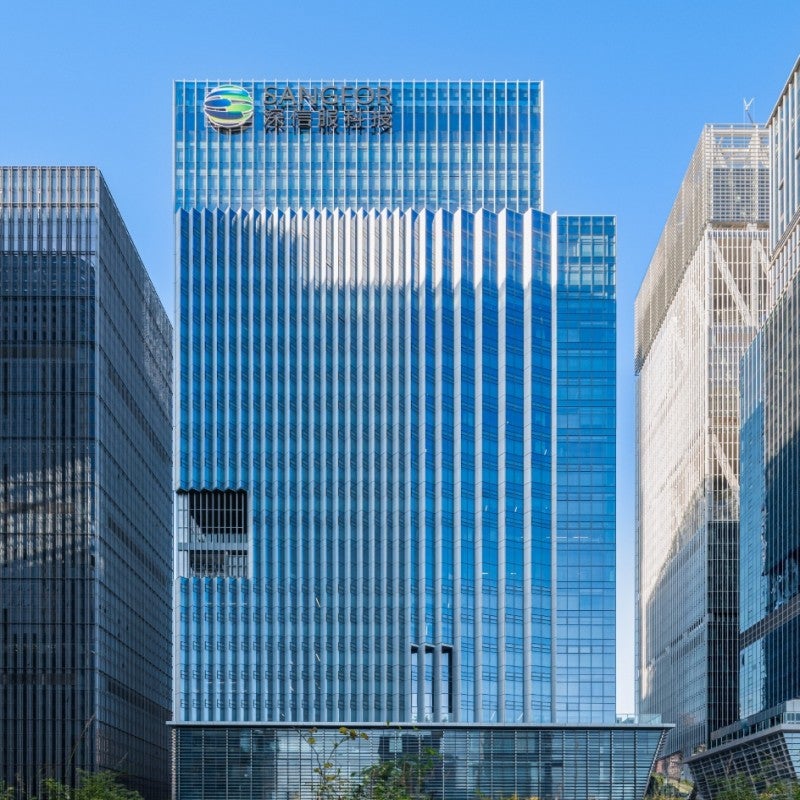What is Managed Detection and Response (MDR)?
Managed Detection and Response (MDR) is a managed security service that provides organizations with the human expertise and security technologies to monitor, detect, and respond to threats in their network.
Gartner defines Managed Detection and Response (MDR) as a service that “provides customers with remotely delivered modern security operations center (MSOC) functions. These allow organizations to rapidly detect, analyze, investigate, and actively respond through threat mitigation and containment.”

How Does Managed Detection and Response (MDR) Work?
There are different permutations of MDR services depending on who is offering them. The following are some of the key aspects that make up a managed detection and response service.
Service Model
Customers can outsource their threat detection and response (TDR) operations wholly or partially to the MDR service provider. In the case of the former, the service provider takes care of the entire TDR operations. For partially outsourced TDR operations, the MDR team and the customer’s security team work together to detect and respond to threats. Customers are provided with a dedicated portal and regular reports to keep track of the provider’s services. They are also notified of any major security incidents and consulted on operations that affect business operations, such as the isolation of production systems.
Security Tools
Customers can choose whether to leverage their own or the service provider’s security tools or a combination of both. MDR service providers deliver their security technologies in virtualized form over the cloud. Minor hardware deployments and software installations may be required in the customer’s environment. The security tools typically leveraged in an MDR service cover perimeter, network, and endpoint security. They include firewalls, intrusion detection systems (IDS), Network Detection and Response (NDR), Endpoint Detection and Response (EDR) tools, and Security Information and Event Management (SIEM).
Asset Discovery & Risk Assessment
MDR services typically begin with an asset discovery exercise in which all the customer’s IT assets are identified and sorted. An in-depth security risk assessment is followed to help the MDR team understand the customer’s environment and their existing security posture. Security gaps and weaknesses may get exposed in this stage, such as shadow assets, unpatched software and system vulnerabilities, misconfigurations, weak passwords, and even cyber-attacks in progress. These are then remediated by the service provider or the customer’s security team under the service provider’s guidance.
Continuous Threat Detection and Response
After the initial remediation and hardening, the MDR Team begins to monitor the customer’s network from their security operations center (SOC). Most SOCs operate 24/7 to provide continuous monitoring, threat detection, and incident response. When security tools flag security events requiring attention, SOC operators investigate to verify whether a security incident exists. If a security incident is confirmed, incident responders quickly contain the threat. Alternatively, security tools may be configured to respond to security incidents automatically, ensuring threats are contained in a rapid manner.
Threat Hunting and Systems Hardening
After a threat is contained, the MDR service provider also carries out a forensic investigation of the incident to identify the root cause of the attack. Security analysts also conduct threat hunting to detect any residual threats in the network. This is usually achieved manually by analyzing security, system, and application logs. Once all threats are eradicated, and the weaknesses that enabled the attack are understood, security experts provide the customer with recommendations on mitigating loopholes and hardening their systems to prevent future compromise.
How MDR compares to other Endpoint Protection Solutions
When it comes to choosing endpoint solutions, there are a variety of options available that could meet the needs of your organization. However, these solutions may differ in scope, focus, and capabilities.
MDR (Managed Detection and Response)
- Focus: MDR focuses on proactive threat detection, continuous monitoring, and incident response. It combines expert human analysis with advanced technologies to detect and respond to threats.
- Coverage: MDR typically covers endpoints, networks, and cloud environments.
- Benefits: MDR provides 24/7 monitoring, rapid incident response, threat hunting, and expertise to augment internal security teams.
- Key Differentiator: MDR emphasizes the human element, with security analysts providing real-time response and remediation guidance.
EDR (Endpoint Detection and Response)
- Focus: EDR focuses specifically on endpoint protection and threat detection. It monitors and responds to suspicious activities and threats on individual endpoints.
- Coverage: EDR solutions are primarily focused on endpoints, such as desktops, laptops, servers, and mobile devices.
- Benefits: EDR provides real-time monitoring, threat visibility, behavioral analysis, and response capabilities at the endpoint level.
- Key Differentiator: EDR solutions are typically agent-based and provide deep visibility into endpoint activities and behaviors.
SIEM (Security Information and Event Management)
- Focus: SIEM solutions centralize and analyze security event logs from various sources to identify potential threats and security incidents.
- Coverage: SIEM solutions aggregate and correlate logs from multiple systems, including network devices, servers, applications, and security appliances.
- Benefits: SIEM provides real-time monitoring, log analysis, threat detection, and compliance reporting.
- Key Differentiator: SIEM focuses on log management, correlation, and generating alerts based on predefined rules and patterns.
MSSP (Managed Security Service Provider)
- Focus: MSSPs offer a wide range of managed security services, including monitoring, threat detection, incident response, and security consulting.
- Coverage: MSSPs can provide managed services across various security domains, including network security, endpoint security, cloud security, and more.
- Benefits: MSSPs offer expertise and 24/7 security monitoring and management, often leveraging a combination of technologies and human analysts.
- Key Differentiator: MSSPs provide comprehensive security services and can manage multiple security solutions on behalf of organizations.
Why is Managed Detection and Response Important?
A managed detection and response service offers major benefits to organizations of all sizes and industries. Large enterprises can leverage MDR services to augment their existing security operations with expertise and the latest security technologies. Small and mid-sized organizations that have less mature or limited security operations can make use of MDR services to acquire full threat detection and response capabilities in a simple and cost-effective way.
MDR Addresses the Cyber Security Talent Gap
The demand for MDR services by organizations is becoming more profound due to the current global cyber security talent shortage. The ISC2 2021 Cybersecurity Workforce Study found that the global cybersecurity workforce needs to grow by a staggering 65% to keep up with current demands. Many organizations cite talent shortage as the biggest cyber security challenge in 2021 and one of the biggest challenges going forward. Equally challenging is the retention of cybersecurity talent. With a huge gap in the talent pool, most organizations either cannot find the right talent or struggle to keep them.

Many organizations have turned to managed detection and response to plug the talent gap in their security operations. MDR provides organizations with hard-to-find expert resources needed to defend against cyber threats. At the same time, there is no need to worry about losing or retaining these capabilities. In certain cases, MDR services are used to augment existing security operations without incurring associated costs and risks, allowing the organization to enhance its security operation effectiveness with a hybrid approach.
Other Challenges MDR Can Address
Besides bridging the cybersecurity gap, MDR also addresses several additional challenges faced by organizations.
- Resource limitations. Small and medium-sized organizations often face limitations when it comes to resources. This makes it difficult to establish and maintain dedicated in-house security teams. MDR services provide an outsourced solution, allowing organizations to leverage the expertise and resources of a specialized security provider.
- Incident response and remediation. MDR services include incident response capabilities, enabling organizations to quickly and effectively respond to security incidents. This helps minimize the impact in the event of a breach or attack, as well as reduce the time between detection and remediation.
- Compliance requirements. Many industries have specific compliance regulations that organizations must adhere to. MDR services can assist in meeting these requirements by providing continuous monitoring, threat detection, and incident response capabilities.
Overview of Managed Detection and Response Benefits
- 24/7 Security Operations: Cyber-attacks can strike an organization at any moment. In fact, threat actors favor launching attacks in non-business hours when there is less scrutiny. Without security teams on guard 24/7 to detect and investigate alerts, cyber-attacks can go unresolved and cause significant damage. MDR service providers operate their SOC 24/7 to provide round-the-clock protection. This ensures that security incidents are always responded to promptly to keep business impact to a minimum.
- Latest Security Technologies: Security threats are constantly evolving, and security tools and their configurations can become ineffective very quickly. However, regularly refreshing these tools and tuning them is very costly and requires a huge effort. MDR service providers are continuously enhancing and developing new security capabilities. With an MDR service, organizations can benefit from the latest technologies with little to no capital expenditure and the experts to manage them without the overheads.
- On-Demand Security Expertise: The sophistication of today’s adversary tactics, techniques, and procedures means that even organizations with the best cyber security solutions can still fall victim to advanced threats. Without an adequate level of expertise within the organization, these advanced threats remain undetected for long periods and cause the greatest impact. Unlike in-house security staff, whom organizations have the hire, train, and retain, MDR services provide highly qualified security experts on-demand to uncover highly evasive attacks.
- Business Continuity: An MDR service ultimately helps organizations ensure business continuity. With 24/7 continuous protection backed by professional security technologies and expertise, organizations significantly reduce their risk of suffering from cyber-attacks. This protects the organization from huge financial losses caused by data breaches and ransomware attacks. Not to mention business downtime, data compliance violations, and reputation damage.
Choosing an MDR Service
When choosing a Managed Detection and Response (MDR) solution, there are several factors to consider.
- Assess your organization's needs and goals. Understand your specific security requirements, budget constraints, and the level of expertise available within your organization. Determine what you want to achieve with an MDR solution.
- Evaluate the capabilities and services offered. Look for MDR providers that offer comprehensive coverage and a wide range of services. Consider factors such as their monitoring capabilities, threat detection techniques, incident response processes, and the technologies they leverage.
- Consider the expertise and experience of the provider. Evaluate the expertise and experience of the MDR provider's team. Look for providers with a proven track record in cybersecurity, knowledgeable analysts, and a strong understanding of the threat landscape.
- Assess the technology stack. Understand the technology stack used by the MDR solution provider. Evaluate the integration capabilities with your existing security infrastructure and determine if the solution aligns with your organization's technology strategy.
- Review customer references and case studies. Request customer references or case studies from the MDR provider to gain insights into their past performance, customer satisfaction, and success stories. This helps assess their ability to meet your organization's needs.
- Consider scalability and flexibility. Ensure the MDR solution can scale with your organization's growth and adapt to evolving threats. Evaluate the provider's ability to accommodate your changing needs and any specific industry or regulatory requirements.
- Understand the pricing model. Review the pricing structure of the MDR solution. Consider factors such as the cost of implementation, ongoing monitoring and support fees, and any additional charges for incident response or remediation services.
- Request a proof of concept (POC). Consider requesting a POC or a trial period to evaluate the MDR solution firsthand. This helps assess its effectiveness, ease of use, and compatibility with your organization's environment.
- Evaluate customer support and service level agreements (SLAs). Assess the level of customer support provided by the MDR solution provider. Review their SLAs to understand their responsiveness, incident resolution times, and the availability of support resources.
- Seek external opinions and reviews. Look for independent reviews and industry reports or consult with trusted cybersecurity professionals to gain additional insights and recommendations.
Sangfor Managed Detection and Response (MDR) - Cyber Guardian
Sangfor Cyber Guardian MDR seamlessly integrates human and machine intelligence to help organizations detect and respond quickly and accurately to security threats. Cyber Guardian leverages Sangfor’s AI-powered security solutions, including Cyber Command (NDR) and Endpoint Secure, which pull in global threat intelligence to enhance detection accuracy.
Sangfor Cyber Guardian's global team of MDR security experts works 24/7. They continuously analyze threats and provide customers with meaningful guidance on how to respond to these threats. With over 1,000 customers, 1.2 billion logs analyzed daily, and an expanding library of over 1,500 detection use cases, Cyber Guardian provides the industry’s best Managed Detection and Response service.
Introduction to Sangfor Cyber Guardian (MDR Service)
Sangfor Cyber Guardian MDR Success Stories
- Zhongshan Hospital, a major teaching hospital in Shanghai, China, chose to leverage Sangfor Cyber Guardian to build the “human-machine intelligence” Platform without any increase in personnel and equipment investments.
- A Multinational Vietnamese Manufacturer called upon Sangfor Cyber Guardian Incident Response to attend to a ransomware incident and subsequently provide MDR services. Thanks to Sangfor Cyber Guardian MDR services, the customer now operates with greater confidence in their cybersecurity.
- A Malaysian government department subscribes to Sangfor Cyber Guardian MDR service to enhance cybersecurity operations. The customer now possesses a robust cybersecurity framework, prepared to tackle evolving cyber threats head-on with Cyber Guardian as the trip of their cyber arsenal.
Frequently Asked Questions About MDR
In today's digital world, many businesses are being inundated with various cybersecurity threats, which are becoming more elaborate as technology continues to evolve. Managed Detection and Response services can address these threats without placing extra stress on organizations by providing a comprehensive, cost-effective threat-hunting solution that minimizes risk, improves threat monitoring and analysis, and does not require additional resources.
This helps to overcome a variety of challenges that companies may be facing when it comes to cybersecurity detection, namely expenses and budget, the high level of expertise required for optimal security, and the need to keep up with a rapidly evolving threat landscape.
MDR services can benefit a wide range of businesses. They might best be suited for organizations that store sensitive data which frequently come under threat of cyber-attacks and data breaches, given their ability to detect suspicious behavior very quickly so risks can be minimized. MDR services will also be suitable for smaller or medium-sized businesses that have limited resources for cybersecurity by giving them a cost-effective yet comprehensive solution for threat detection.
Whilst both MDR and MSSP services have similarities and benefits when it comes to cybersecurity threat detection, they differ when it comes to their technology, approach, and focus.
MSSPs offer a very wide range of security services and combine different technologies, such as antivirus software and firewalls, to keep your network secure. This solution is more complex than an MDR, as it involves multiple types of monitoring services which may require more maintenance and engagement of external vendors to assist with integration and troubleshooting.
If you are looking for a service that proactively identifies and responds to threats quickly, then an MDR solution would be ideal for your business. This type of solution is focused purely on detecting and responding to threats in realtime and requires less maintenance and expertise whilst being utilized.





